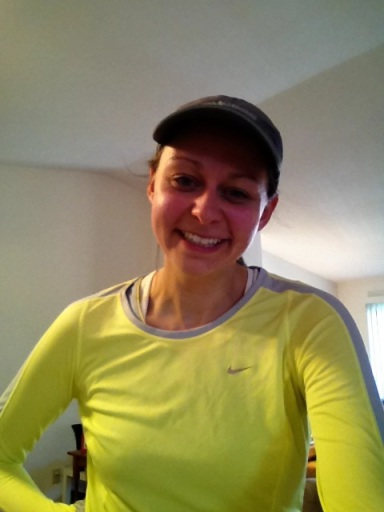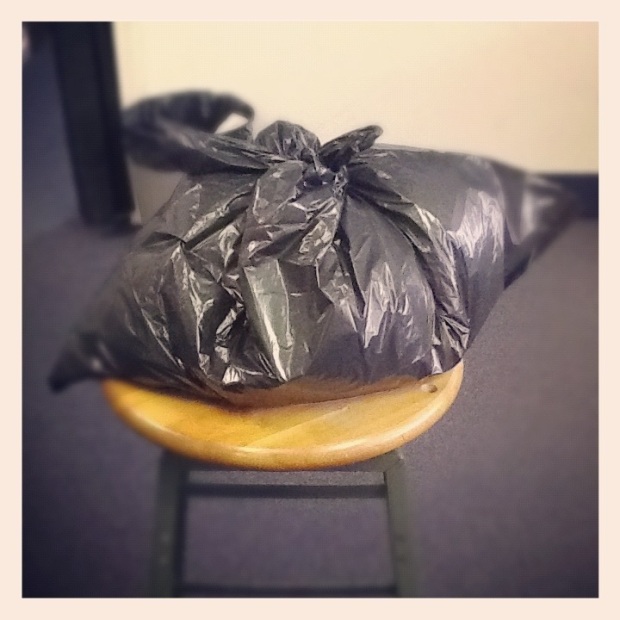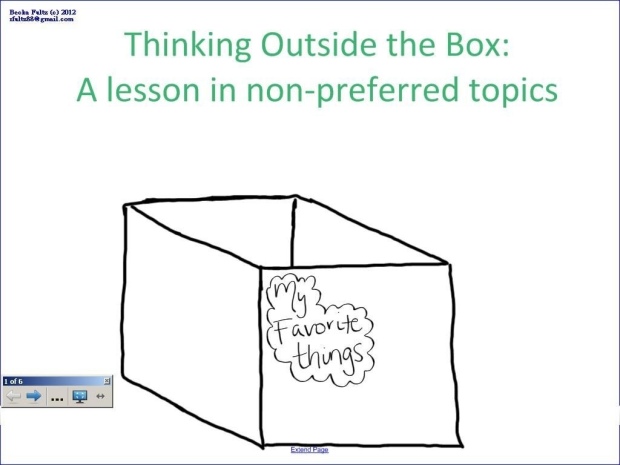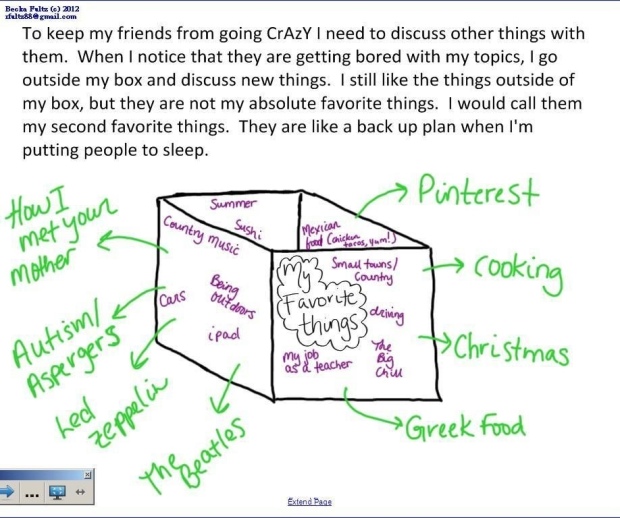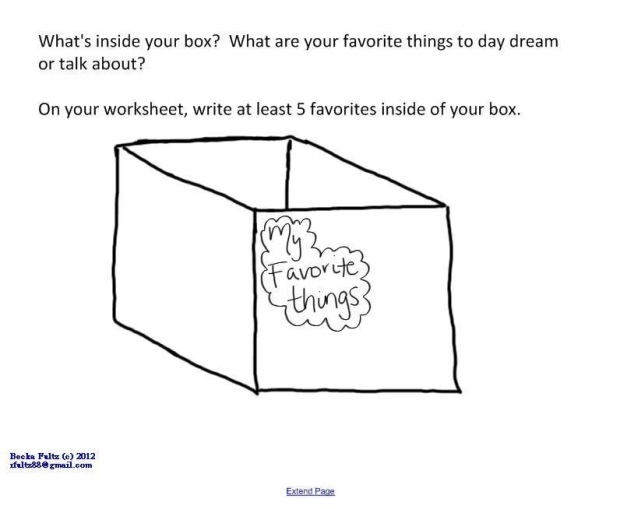I had a TEENY bit of “me” time today before heading to an IEP meeting that’s pretty major! It gave me a bit of extra time to run this morning (one of my own loves)! I added 7.5 miles to my running shoes. It was wonderful. For those of you who have jobs in special education and/or a family member with special needs, you know how precious those few extra “me” time minutes can be!
My newest personal goal is to run a half-marathon that has a meaningful cause. I have done 2 already and they always have for-profit purposes. When I heard that Little Friends was going to be partnering with the first Naperville Marathon, I jumped at the chance to register. I need to raise $200 to register though, and unfortunately $200 is not easy to come by…so I’m on a mission to raise that $200 and register for this race! My personal challenge will be to finish it in under 2 hours!
Currently, I’ve raised $60, so I have $140 more to go! I know many of my readers do not know me personally, but I ask you to at least consider donating. It’s not a for-profit, the proceeds go straight to Little Friends, and it funds many fantastic resources, and classrooms, just like my own! I really hope to be able to do this and benefit the students and agency that I have grown to love in these last few years.
Please think about it! Thanks! 🙂 On another note, I have so nifty new strategies that I’ve
implemented recently, so I hope to get online this weekend and post them!
Happy Friday!
